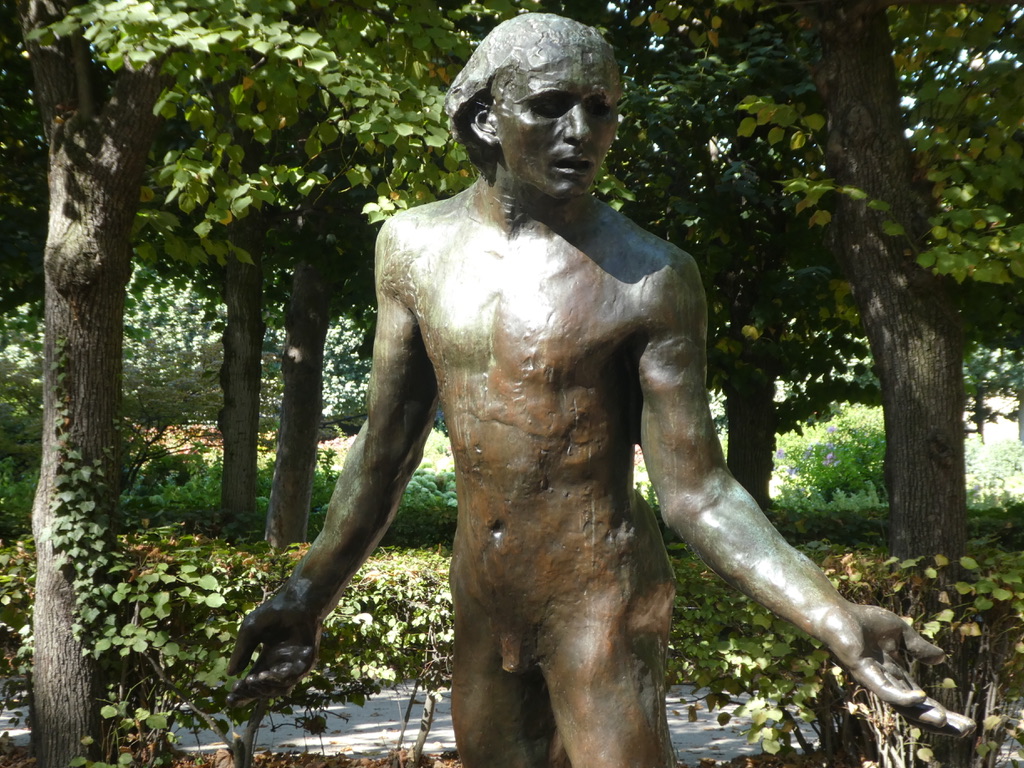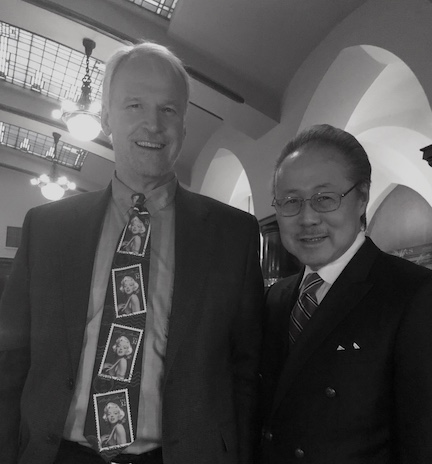
The two words, art and history, joined together as Art History, are too often dismissed as an elite thing, which is code for “who gives a damn.”
“Oooo, art, tell me more,” said no one ever, unless the speaker had an agenda to fulfill, like trashing on something they don’t like.
But art history is more than boring study and staring at paint gooped on canvas, or wood, or paper.
It’s more than listening to an expert explain brush strokes and mood and form.
More than what, though? How did art reach a new audience? Here’s how:
People make what’s called art every day, they just don’t know it. We get dressed in fashion we like, cook food, work, decorate; we live our lives in art. And yet, it doesn’t resonate enough for us to notice.
What I’ve noticed, what you’ve noticed, is that no one is the same. Not the same habits, same tastes, same experiences, which is fertile ground for art history to take hold.
For full disclosure, I’m not writing from the perspective of a college girl dreaming of the chance to visit famous galleries in foreign lands, but I was in the same class with them when I took an art history class at UofO limited to the Renaissance.
We all saw the same slides, took the same test, and left class with a better understanding, but it wasn’t until much later that the education kicked in.
What I learned was who paid for the great art in the world. Dragging through museum after museum in Paris and London was the tipping point.
Wall after wall was covered with dark Christian art with an emphasis on Jesus. Huge frames showed the story. The Church was the big customer, so it made sense; Big Art served their agenda.
As time moved forward, rich guys started commissioning art; they liked to see their portraits done by the big names of their times.
Then came the stunner: an artist did a painting of a place no one really cared about, populated by figures no one knew. It was like the premise of Seinfeld, a show about nothing. Modern art led the way.
It wasn’t a king, a ruler, or a biblical figure, but a burial ceremony in the country. To say it “broke new ground” is true in so many ways.
Artist with this new freedom found their niche. It changed the subject of art, but not the pay, at least not for everyone.
Van Gogh was never famous as a painter during his lifetime and constantly struggled with poverty. He sold only one painting while he was alive: The Red Vineyard which went for 400 francs in Belgium seven months before his death. His most expensive painting Portrait of Dr. Gachet was sold for $148.6 million in 1990.
What is your creation for the day?


